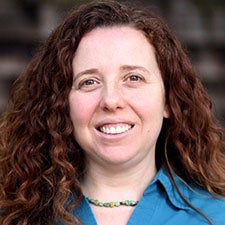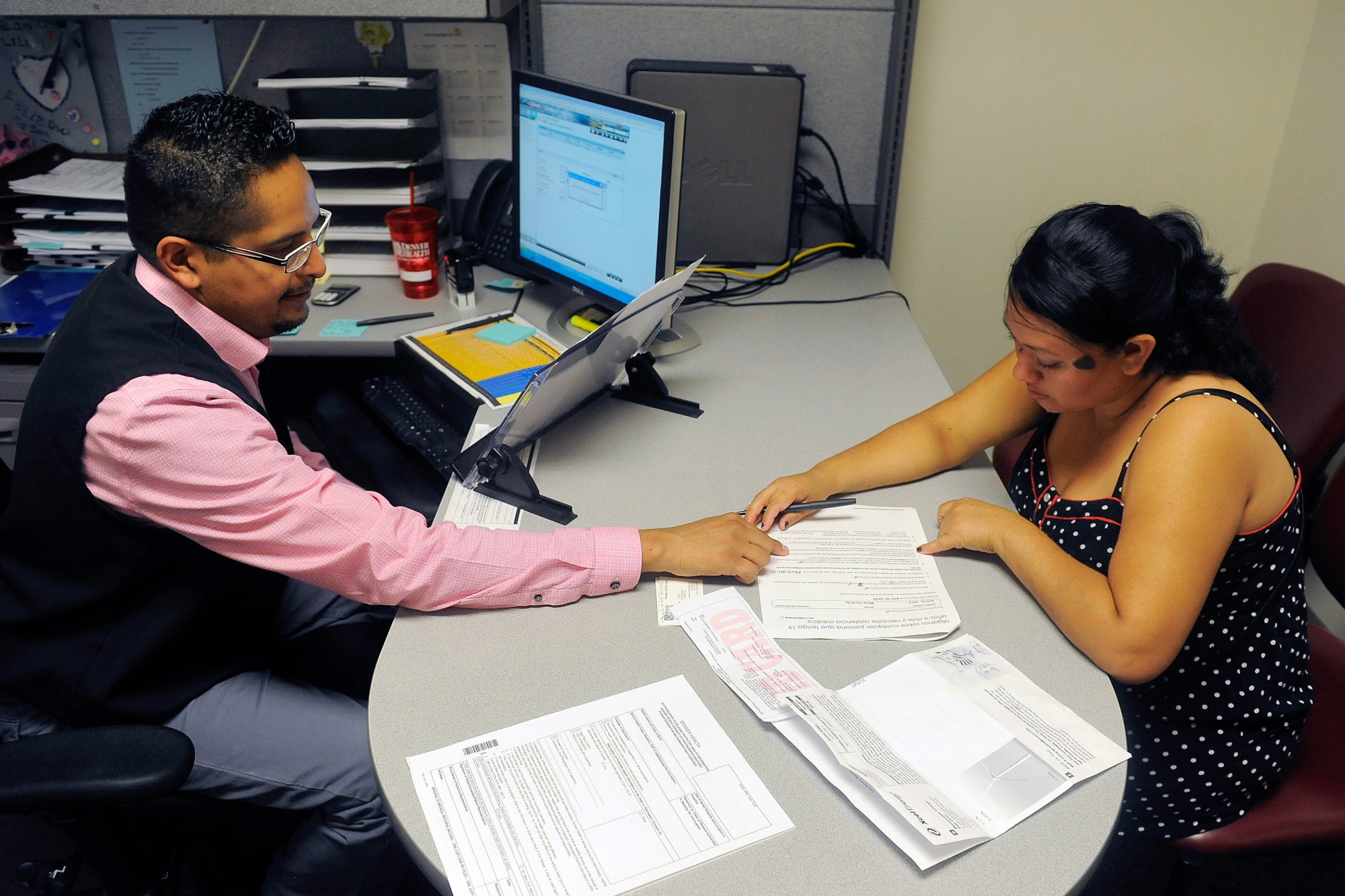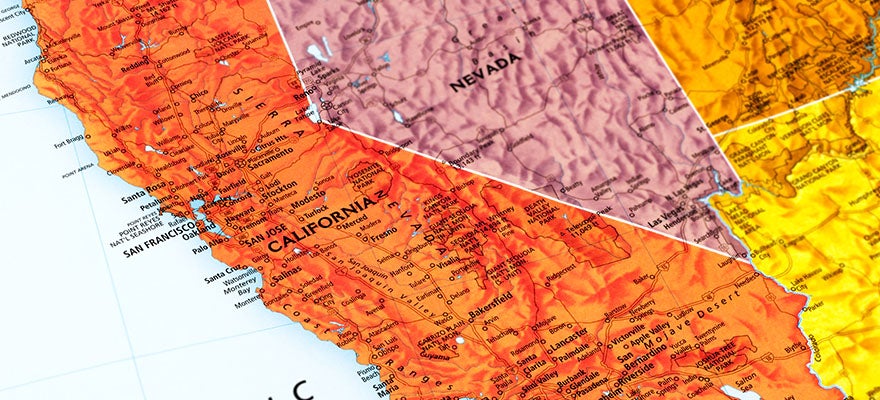
Even after the American Rescue Plan (ARP) substantially increases premium subsidies for health insurance coverage purchased through Covered California, large inequities remain in who has access to affordable coverage.
Nearly 3.2 million Californians will remain uninsured in 2022, or about 9.5% of the population age 0 to 64, according to our projections. The highest uninsured rates will be among undocumented Californians (65%) and those eligible for insurance only through Covered California (28%). These projections, using the California Simulation of Insurance Markets (CalSIM) model, take into account the projected economy in 2022 as the state recovers from the pandemic and recession and the associated impacts on coverage eligibility.
Undocumented Californians make up the largest group of the uninsured, with nearly 1.3 million individuals under the age of 65 projected to be uninsured, plus an additional 30,000 undocumented seniors age 65-plus not included in our modeling.1 Although less than 1 out of 10 Californians are projected to lack insurance in 2022, nearly two out of three undocumented Californians (65%) age 0 to 64 will be uninsured.
Undocumented residents are excluded from federal ACA subsidy and Medicaid eligibility as well as the additional help available through the ARP. Additionally, noncitizens without a green card have much lower rates of job-based coverage than their citizen counterparts because they are more likely to work in industries and occupations that do not offer health insurance. (In California, low-income undocumented children and young adults are eligible for Medi-Cal under state policy, and those who have not enrolled are included in the Medi-Cal eligible uninsured group.)
The other eligibility group with a particularly high uninsured rate (28%) are composed of the 800,000 Californians who are not eligible for Medi-Cal or employer-sponsored insurance but are eligible to purchase coverage through Covered California. While the ARP significantly improves premium affordability, some Californians will still be unable to afford the premiums with the additional subsidies, while others may not know they are eligible for financial assistance. In addition, ARP does not directly address the longstanding concerns (PDF) with out-of-pocket affordability in the marketplaces. As of June 2020, nearly 30% of Covered California enrollees were enrolled in a bronze plan with an $8,200 single deductible.
Most people receive help paying for insurance, either from the government or an employer. There are two groups of uninsured that receive no premium help, the largest being the more than one million undocumented Californians who are not offered job-based coverage and who are not eligible for Medi-Cal (which is available only to those with low incomes under age 26). The only other group that receives no premium help is composed of the approximately 170,000 people who are eligible for Covered California, but do not receive a subsidy because their premium already costs less than 8.5% of income. The vast majority of these individuals have income over 400% of the federal poverty level.
In contrast to the high uninsured rates for undocumented Californians and those eligible for Covered California, approximately 5% of those eligible for Medi-Cal are uninsured, or approximately 610,000 uninsured compared to the more than 11 million Californians age 0–64 enrolled in full-scope Medi-Cal coverage.2 These individuals may not realize they are eligible, face barriers in the enrollment process, or have other reasons for not enrolling. One barrier to Medi-Cal enrollment in recent years — the Trump administration’s changes to the public charge rule — resulted in a chilling effect on enrollment by immigrant families that may persist even though the rule was recently permanently blocked.
Only 3% of those eligible for affordable employer coverage remain uninsured, or 480,000 compared to the nearly 18 million with employer coverage. Under the ACA, workers and their family members are ineligible for premium subsidies through Covered California if they are offered “affordable” employer coverage, which is defined as costing the worker less than 9.83% of income to purchase self-only coverage. However, these uninsured workers may still struggle to afford the premium contributions for themselves or family members.
Disparities also persist by racial/ethnic group and income. Latinxs are projected to have an uninsured rate of 16% compared to uninsured rates of between 4% and 6% for all other racial and ethnic groups. Californians with income at or below 200% of the federal poverty level (FPL) have a projected uninsured rate of 15% compared to 11% for those with income 201%–400% FPL, and 4% for those with income above 400% FPL.
Additional Federal and State Actions Needed
The COVID-19 pandemic has further highlighted the importance of ensuring that all Californians have health coverage. As the state explores options for the unified financing of health care, policymakers are simultaneously working toward universal coverage under the current system.
The American Rescue Plan is projected to increase the number of people insured through Covered California in 2022, but to cement those coverage gains Congress would need to make the additional federal premium subsidies permanent. To continue to improve premium and out-of-pocket affordability for those enrolled in the individual market and the 800,000 who are projected to continue to remain uninsured, further action is needed from federal or state policymakers.
The biggest step the state could take to move California closer to universal coverage is expanding Medi-Cal regardless of immigration status. Since 2014, California policymakers have considered proposals to expand Medi-Cal eligibility to all Californians with low incomes regardless of immigration status and have taken important steps to expand coverage to children and young adults up to age 26. This policy is well targeted to moving the state closer to universal coverage because 89% of undocumented California adults with low incomes lack insurance, and a majority of undocumented adults with low incomes (61%) have income in the Medi-Cal eligibility range, according to UCLA research (PDF). Furthermore, the vast majority (PDF) of undocumented adults are already enrolled in restricted-scope Medi-Cal that covers emergency and pregnancy-related services and could be automatically transitioned to full benefits on the first day the policy is effective. If Medi-Cal were expanded to adults with low incomes of all ages, nearly 950,000 Californians would be projected to enroll, reducing the number of uninsured Californians by more than one-quarter.
This article is reprinted with permission from the UC Berkeley Labor Center and the UCLA Center for Health Policy Research. CHCF provides funding to both organizations.
Notes
- Many undocumented Californians report on surveys that they have Medi-Cal coverage; since undocumented Californians age 26 and older are generally only eligible for pregnancy or emergency Medi-Cal, which is not full insurance, we count them as uninsured. For more details, see page 4 of our 2018 report (PDF). ↩︎
- These projections do not reflect the impact of the Medicaid continuous coverage requirement which began early in the pandemic and is projected to end by December 2021; this requirement may have resulted in an even higher Medi-Cal enrollment rate than usual. ↩︎
Authors & Contributors

Miranda Dietz
Miranda Dietz is a research and policy associate at the UC Berkeley Labor Center and project director of the California Simulation of Insurance Markets microsimulation model (CalSIM). CalSIM, developed jointly with the UCLA Center for Health Policy Research, models the impacts of various policies on health insurance coverage in California. Miranda’s research has focused on development of the model, estimates of the uninsured, and churn in and out of insurance coverage. Miranda has also written on local enforcement of labor standards, low-wage airport workers, and temporary workers in California. She is co-editor with Michael Reich and Ken Jacobs of When Mandates Work: Raising Labor Standards at the Local Level. Miranda received a Master of Public Policy degree from UC Berkeley in 2012 and a bachelor’s degree in government from Harvard University.

Laurel Lucia
Laurel Lucia is director of the Health Care Program at the UC Berkeley Labor Center, where she has worked since 2009 analyzing health care policy. Recent papers have examined the health coverage and economic impacts of Affordable Care Act repeal on California, California’s Medicaid expansion, health insurance for California immigrants, and the remaining uninsured in California. Laurel received a Master of Public Policy from the University of California, Berkeley.

Srikanth Kadiyala
Srikanth Kadiyala, PhD, is a senior economist at the UCLA Center for Health Policy Research. He primarily works on the CalSIM microsimulation model, which models the effects of the Affordable Care Act on health insurance coverage in California. Prior to joining the Center, Kadiyala was an economist at the RAND Corporation, where he was principal investigator (PI) and co-PI on numerous projects. He published extensively on topics such as cancer screening and cancer detection, health insurance effects on health care and health, pandemic effects on employment, and transgender health care costs in the military. He has a BA in economics from the University of Chicago and a PhD in health policy with an emphasis in economics from Harvard University.

Tynan Challenor
Tynan Challenor is a member of the UC Berkeley Labor Center’s health team. He contributes to the California Simulation of Insurance Markets microsimulation model (CalSIM) and conducts health policy research. He holds a master’s degree in biomedical informatics from Stanford University.

Annie Rak
Annie Rak is a programmer/analyst at the UCLA Center for Health Policy Research. As the lead programmer on the California Simulation of Insurance Markets (CalSIM), Rak helps implement new model features, refines the methodology of existing model features, and helps calibrate the model to deliver estimates on health insurance outcomes in California.

Dylan H. Roby
Dylan H. Roby, PhD, is faculty associate at the UCLA Center for Health Policy Research. He is also an adjunct associate professor in the Department of Health Policy and Management in the UCLA Fielding School of Public Health and an assistant professor and associate chair in the Department of Health Policy and Management at the University of Maryland School of Public Health in College Park. Roby collaborates with colleagues at UCLA on the California Simulation of Insurance Markets (CalSIM) microsimulation model and is a member of UCLA’s cost analysis team for the California Health Benefit Review Program. His primary academic appointment is in the University of Maryland’s School of Public Health, where he conducts research on Medicaid, the health care safety net, and the Affordable Care Act’s implications for insurance markets, system redesign and access to care. He teaches courses on health politics and policy in the MPH in health policy analysis and evaluation, and PhD programs in health services research. Roby earned his doctoral degree in public policy from The George Washington University.

Gerald F. Kominski
Gerald Kominski is a professor of health policy and management and senior fellow at the UCLA Center for Health Policy Research.
His research focuses on evaluating the costs and financing of public insurance programs, including Medicare, Medicaid, and workers’ compensation. Since 2010, his research has focused on evaluating the expected and actual impacts of health care reform under the Affordable Care Act (ACA). He has co-led the development of a microsimulation model (CalSIM) for forecasting eligibility, enrollment, and expenditures under the ACA in California. From 2003 to 2009, he served as vice chair for the cost impact analysis team of the California Health Benefits Review Program, which conducts legislative analyses for the California legislature of proposals to expand mandated insurance benefits. From 2001 to 2008, he was Associate Dean for Academic Programs at the UCLA School of Public Health.
Kominski received his PhD in public policy analysis from the University of Pennsylvania Wharton School.





